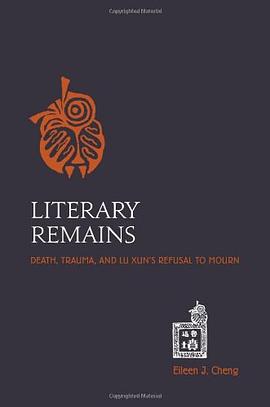The Sixth Extinction
内容简介
A major book about the future of the world, blending intellectual and natural history and field reporting into a powerful account of the mass extinction unfolding before our eyes
Over the last half a billion years, there have been five mass extinctions, when the diversity of life on earth suddenly and dramatically contracted. Scientists around the world are currently monitoring the sixth extinction, predicted to be the most devastating extinction event since the asteroid impact that wiped out the dinosaurs. This time around, the cataclysm is us. In The Sixth Extinction, two-time winner of the National Magazine Award and New Yorker writer Elizabeth Kolbert draws on the work of scores of researchers in half a dozen disciplines, accompanying many of them into the field: geologists who study deep ocean cores, botanists who follow the tree line as it climbs up the Andes, marine biologists who dive off the Great Barrier Reef. She introduces us to a dozen species, some already gone, others facing extinction, including the Panamian golden frog, staghorn coral, the great auk, and the Sumatran rhino. Through these stories, Kolbert provides a moving account of the disappearances occurring all around us and traces the evolution of extinction as concept, from its first articulation by Georges Cuvier in revolutionary Paris up through the present day. The sixth extinction is likely to be mankind's most lasting legacy; as Kolbert observes, it compels us to rethink the fundamental question of what it means to be human.
......(更多)
作者简介
Elizabeth Kolbert is a staff writer at The New Yorker. She is the author of Field Notes from a Catastrophe: Man, Nature, and Climate Change. She lives in Williamstown, Massachusetts, with her husband and children.
......(更多)
目录
......(更多)
读书文摘
没有任何理由认为认为在一个更为温暖的世界中生物多样性会少少于—个更为寒冷的世界与之相反,对于“生物多样性纬度梯度”的某些!解释暗示了这样一个可能性:在经过较长的时期之后—个温暖的世界有着更为多样的生物。不过,在较短的时期内来看,也就匙人类有关系的时间尺度上来看,事情完全是另一个样。
“如果进化论按照它通常的方式来起作用的话,”西尔曼说,“那么大灭绝的场景——我们不管它叫灭绝,而是会用一个更委婉的漂亮说法,叫‘生态性缩减’——那场景看起来就会像是世界末日。”
......(更多)






